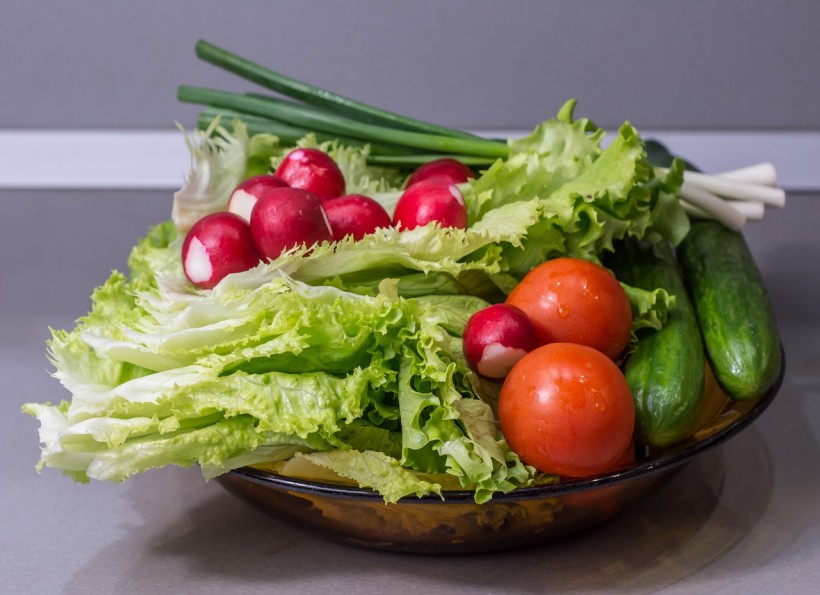McMaster University researchers reported having developed a powerful new weapon against food contamination and infection using bacteria-eating viruses, also known as bacteriophages.
In their study, titled "Self-assembling Nanofibrous Bacteriophage Microgels as Sprayable Antimicrobials Targeting Multidrug-resistant Bacteria", published in the journal Nature Communications, researchers wrote about a way to coax bacteriophages into linking together to form microscopic beads that can be applied to food and other materials to rid of pathogens, like E. coli. O157.

Powerful New Weapon Against Food Contamination Uses Harmless Bacteria-eating Viruses
A Food Decontamination Spray Made from Microbeads
E. coli O157 (VTEC) is a bacterial infection that can cause severe stomach pain, bloody diarrhea, and kidney failure, according to NHS Inform. Among the hundreds of E. coli strains, the O157 is the strain that produces a powerful toxin that causes these severe illnesses.
To avoid that, researchers sought to find a way to trigger bacteriophages into forming microbeads, which are about 20 microns or 50th of a millimeter in diameter and loaded with millions of phages.
Phys.org reported that the sprayable new super-disinfectant is safe on food and highly effective. They described their new food decontaminant in their paper in which one of the researchers is the graduate student and Vanier scholar Shadman Khan who worked to test its antibacterial properties on food products.
Lei Tian, one of the authors and a graduate student who worked with Khan, said they gathered billions of mini soldiers to protect the food from bacterial contamination when spraying it on the food.
The study was part of their Ph.D. research, which builds on the same chemistry work that Professor Zeinab Hosseinidoust's laboratory had previously used to trigger phages into connecting in quantities to form a gel.
The phages forming together like beads is like forming microscopic LEGO pieces that are naturally organized to make them more durable and easier to package, store and use.
READ ALSO: Bacteriophages: There's a Whole Army of Viruses That Have Genomes Unique to Their Own
Advantages of Using Phages Against Food Contamination
Research in phages as disinfectants and therapies had been very promising before penicillin was introduced in the 1940s. However, interest in developing their potential dimmed as antibiotics were sold in the market. But with antimicrobial resistance on the rise today, there is an increased interest in phage research.
Bacteriophages or widely called phages, kill bacteria by making them burst, according to Healthline. This happens when phages bind with the bacteria as it infects the latter by injecting its genes. The pages then copy themselves inside the bacteria and make up to 1,000 new viruses in each bacterium that breaks it open and releases the new phages.
Researchers said that using phages is a chain reaction that creates a dynamic and ongoing response that is more overwhelming and powerful than antibiotics. No antibacterial product has this special property, as Phys.org reported.
Moreover, another major advantage of phages in food production and agriculture is that they can directly take out harmful strains of bacteria without killing the plant while enhancing the food's taste, smell, and texture.
With the new phage spray's properties, it can be used in commercial applications since phages have already gained approval from the US Food and Drug Administration to be used in food. Their findings show that their spray can eliminate the harmful E.coli O157 strain.
RELATED ARTICLE: Bacteriophage Viruses Could Help in the Fight Against Antibiotic-Resistant Bacteria
Check out more news and information on Bacteriophage in Science Times.














